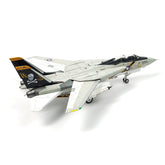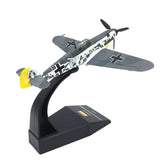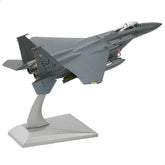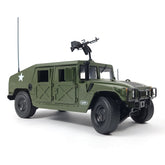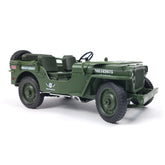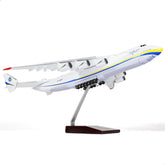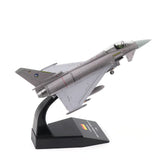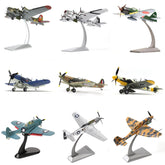Air Force One: A Symbol of American Presidential Power
"Air Force One" is not the designation for a specific aircraft, but rather any aircraft of the United States Air Force that is carrying the President of the United States. However, in practical usage, the term "Air Force One" typically refers to two highly customized Boeing 747-200B series aircraft (VC-25A) with tail numbers 28000 and 29000. These two aircraft are not only the President's airborne transportation but also potent symbols of American national strength, technological prowess, and presidential authority.
Historical Origins and Development
The designation "Air Force One" originated during the Cold War. To avoid confusion between the President's aircraft and other air traffic, the U.S. Air Force officially adopted the special call sign "Air Force One" in 1953. Initially, presidential aircraft were propeller-driven. As aviation technology advanced, jet aircraft gradually replaced them. The first jet aircraft specifically designed for presidential transport was the Boeing 707 (VC-137C), and President John F. Kennedy was the first president to fly on this model. Subsequently, through several upgrades and replacements, the current two VC-25A aircraft ultimately took on the responsibility of the U.S. President's global air travel.
Technical Features and Security Performance of the VC-25A
The VC-25A aircraft are extensively modified and upgraded versions of the Boeing 747-200B. They possess exceptional flight capabilities, including a cruising speed of over 600 miles per hour (over 1000 kilometers per hour) and a range of over 8,000 miles (over 13,000 kilometers), meaning they can fly non-stop to almost any location in the world. To meet the President's global operational needs, the VC-25A is equipped with advanced communication, command, and control systems. The aircraft features an independent communication center, including secure voice and data transmission lines, allowing for constant contact with any location worldwide, ensuring the President can effectively handle national affairs while airborne.
Security is paramount in the design of "Air Force One." The aircraft is equipped with sophisticated defense systems to counter potential threats, including missile warning systems, countermeasures, and enhanced electronic warfare capabilities. Furthermore, the aircraft's structure is specially reinforced to withstand the electromagnetic pulse from a nuclear explosion and ground attacks. To ensure the President's safety, the flight crew undergoes rigorous selection and training, including pilots, navigators, engineers, security personnel, and a medical team. The aircraft also has advanced medical facilities onboard, capable of providing emergency medical care if necessary.
Interior Cabin and Functional Layout
The interior of "Air Force One" is spacious and luxurious, with a total area of over 4,000 square feet (over 370 square meters), capable of accommodating more than 70 passengers and crew members. The cabin is divided into various zones, including the President's office, senior staff offices, a media work area, a medical suite, galleys, and passenger rest areas. The President's office functions as an airborne Oval Office, equipped with a desk, telephones, secure communication equipment, and comfortable resting facilities. The senior staff offices provide workspace and meeting areas for the President's core team. The media work area offers space and equipment for accompanying journalists to file their reports.
The aircraft also features two fully equipped galleys capable of preparing meals for over a hundred people simultaneously. Additionally, the VC-25A has its own power generation system, allowing it to operate independently even without external power sources on the ground. The aircraft carries ample food and supplies to support long-duration flights and sustain the onboard personnel in emergency situations.
Symbolic Significance of "Air Force One"
"Air Force One" is more than just a mode of transportation; it is a powerful symbol of American presidential authority and international influence. Every flight it undertakes garners global attention, representing the United States' presence and operational capabilities on the world stage. The aircraft carries the President's mission and decisions, and its safety and smooth operation are crucial for maintaining national stability and international relations.
"Air Force One" frequently appears in various media and cultural works, further reinforcing its iconic status worldwide. It represents technological advancement, national power, and the responsibilities of leadership. Every time the silhouette of "Air Force One" is seen landing at airports around the world, it signals the arrival of the President of the United States and the significance it entails.
Future Prospects
The current two VC-25A aircraft have been in service for many years, and the U.S. Air Force is actively pursuing the development and manufacturing of the next-generation presidential aircraft. The new "Air Force One" is expected to incorporate more advanced technology, higher security standards, and more efficient operational capabilities to continue supporting the President's global duties.
In conclusion, "Air Force One," as the airborne command center and global power projection platform for the President of the United States, not only represents the pinnacle of aviation engineering technologically but also plays a pivotal role politically and symbolically. It carries history, represents the present, and heralds the future, serving as a crucial window into understanding American presidential power and international standing.
